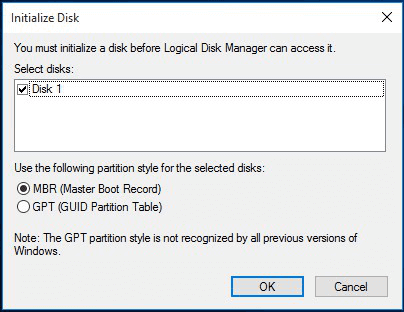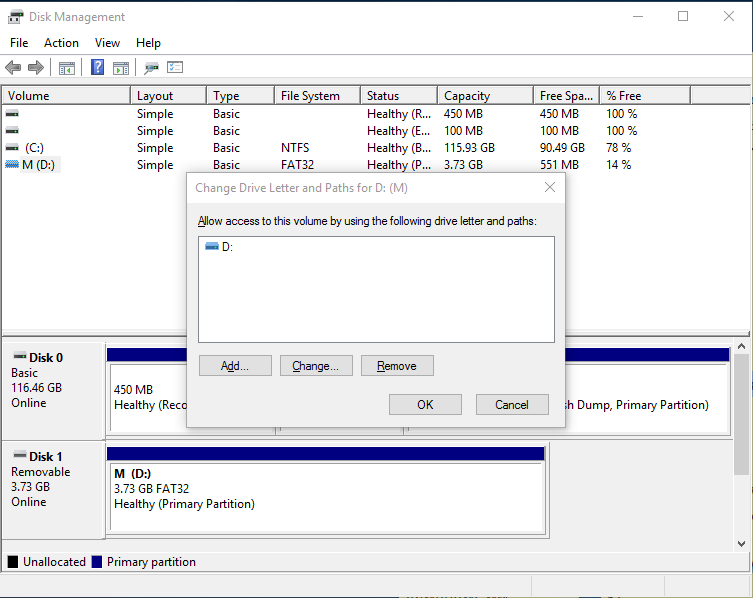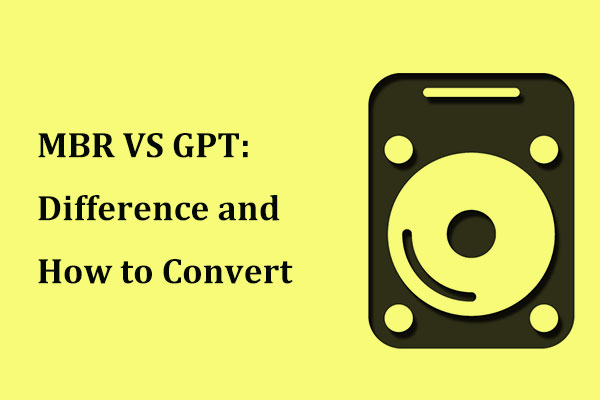
At this point, to make full use of your disk, it is fairly necessary to format an unallocated SSD with a certain file system. You have only unallocated space on your solid-state drive. If you have not allocated your drive, there will be no partition in your system. So, it is a complete waste to leave unallocated space on SSD or hard disk. This unallocated SSD space can be used by putting the system to keep files but there is no application that can write to it.

It is the free storage space on the hard disk that has not been in use. In Solid State Drive (SSD), there is some space that is unallocated. Now want to know How do I format an Unallocated SSD in Windows 10.” Then Checked-in disk management and found a partition as unallocated. “I have a 128 GB SSD but it was not showing full capacity. This is the Windows native solution for booting a 3TB drive to a single partition.Modified: September 28th, 2021 | Technology Windows 10/ 8 / 7 and Vista 64-bit operating systems support booting from UEFI and GPT without the need of a non-Microsoft device driver.

UEFI BIOS desktop systems are new since 2011. Windows can only boot a GPT partition on a new type of BIOS called UEFI. You can use GPT today on any Windows 10 / 8 / 7 and Vista system as a non-booting data drive. GUID Partition Tables (GPT) can define drives larger than 2.2TB. The device driver mounts the capacity above 2.2TB with another MBR which looks to the system as a second virtual “physical” device. Two partitions will be necessary because of the MBR limitation. A 3TB disk drive in a legacy BIOS and Window system will need a DiscWizard device driver to access the full capacity of a 3TB disk drive.

Windows operating systems that boot from an MBR are therefore limited to 2.2TB per MBR. The MBR Partitions can define a disk drive capacity up to 2.2TB. This type of BIOS uses a Master Boot Record (MBR).

Most legacy systems built before 2011 have a traditional PC BIOS.


 0 kommentar(er)
0 kommentar(er)
